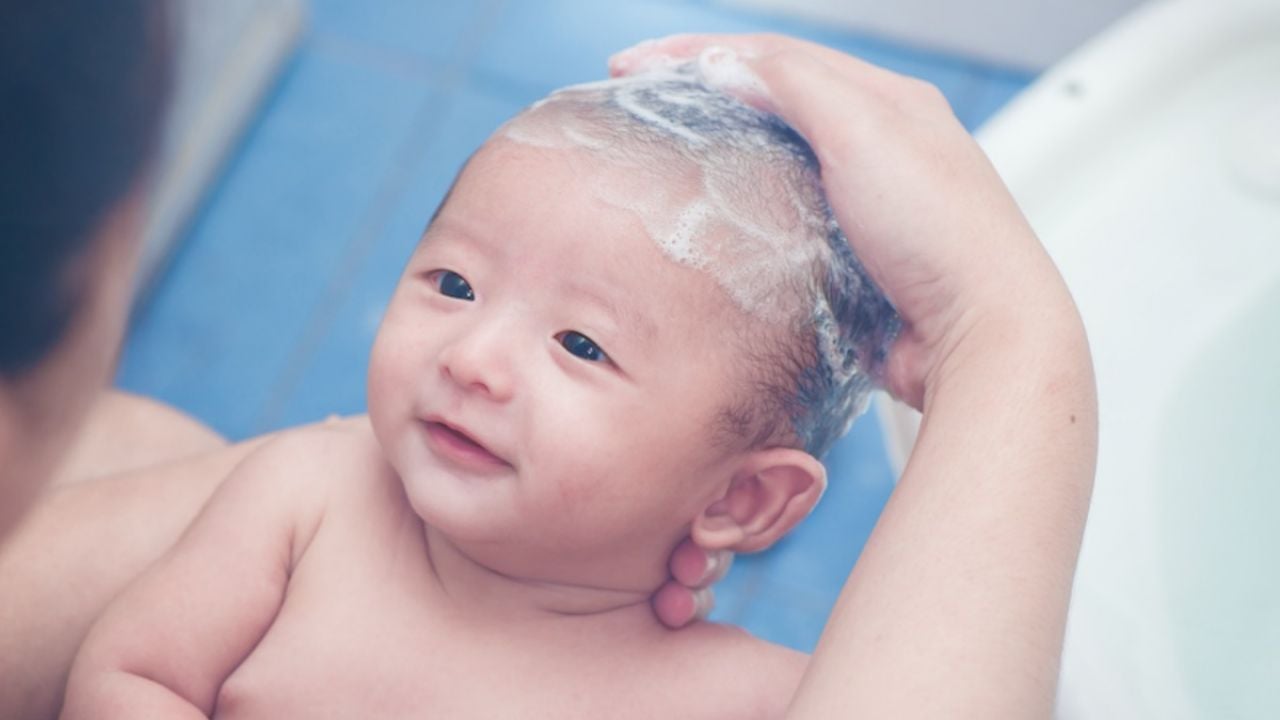
More than 200 personal care products marketed to children and babies may contain 1,4-dioxane, a common contaminant that is a likely carcinogen.
More than 8,000 personal care products in EWG’s Skin Deep® cosmetics database include ingredients produced through ethoxylation, including polyethylene, polyethylene glycol (PEG) and ceteareth. Of those, more than 200 are marketed to children and infants, EWG found.
Although 1,4-dioxane is not intentionally added to personal care products, ethoxylated chemicals can contaminate personal care products with trace amounts of 1,4-dioxane. Some companies voluntarily remove or reduce 1,4-dioxane from these products through a process called vacuum stripping. Currently, the Food and Drug Administration has no rules that require companies to do so.
The Environmental Protection Agency has classified 1,4-dioxane as a likely human carcinogen and it is listed in California’s registry of chemicals known to cause cancer. In laboratory studies, animals who drank water with 1,4-dioxane developed tumors in the liver, nasal cavity, and the peritoneal and mammary glands. Short-term exposure to relatively high amounts of 1,4-dioxane is particularly damaging to the liver and kidneys.
Because manufacturers don’t have to disclose the presence of 1,4-dioxane on product labels, there’s no way for consumers to know if their personal care or other household products harbor the hidden carcinogen. Among the products marketed for use on children and babies that may contain 1,4-dioxane are popular sunscreens, toothpastes, bubble baths and shampoos.
Bipartisan legislation introduced by Sens. Diane Feinstein, D-Calif., and Susan Collins, R-Maine, would give the FDA the power to review dangerous chemicals like 1, 4-dioxane. The bill would also require personal care companies to alert the agency when their products injure consumers, and would give the FDA the power to recall dangerous products.



